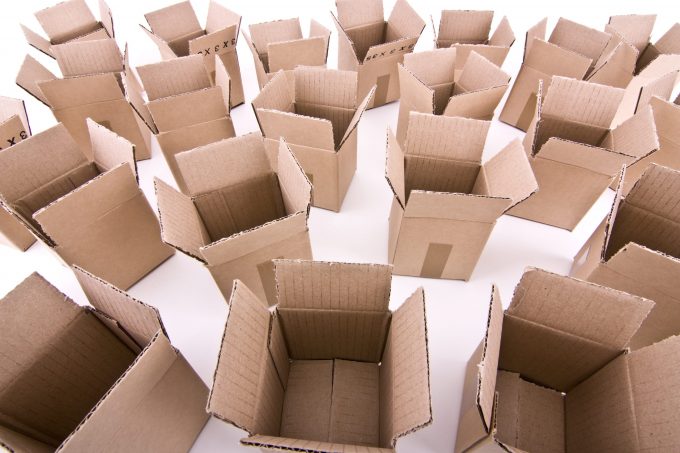Resumption of Suez transits in doubt after return of Red Sea hostilities
Hope for a resumption of Suez Canal transits by container lines were dented over the ...

Dock worker strikes across Australian ports operated by DP World are amplifying the Red Sea crisis equipment crunch being largely felt in Asia.
Following shipping delays caused by diversions from the Red Sea, empty-container shortages have been reported on high-yielding trades from Asia.
Peter Sundara Swamickannu, head of global ocean freight product at Visy Global Logistics, told The Loadstar Podcast: “I think equipment shortage is hitting many of us… especially in China we require these containers, but most of the surplus ...
'Disastrous' DSV-Schenker merger would 'disrupt European haulage market'
New senior management for DSV as it readies for DB Schenker takeover
Volumes set to 'fall off a cliff' as US firms hit the brakes on sourcing and bookings
Asian exporters scramble for ships and boxes to beat 90-day tariff pause
Amazon pushes into LTL for small package fulfilment and UPS does a u-turn
Temporary tariff relief brings on early transpacific peak season
Pre-tariff rush of goods from US to China sees air rates soar, but not for long
Forwarders 'allowing the fox into the chicken run' by supporting 'hungry' carriers

Comment on this article